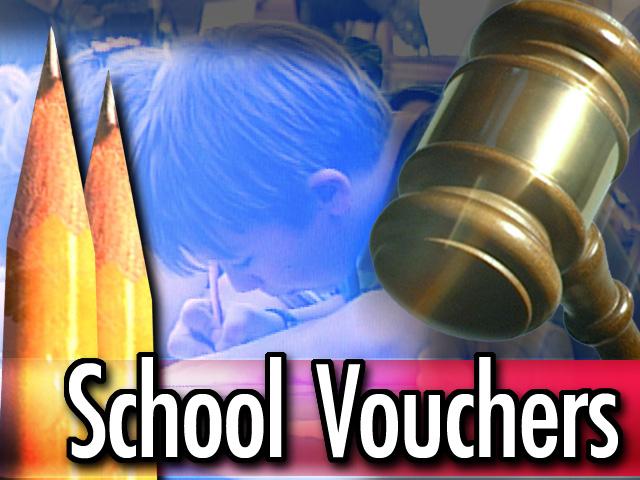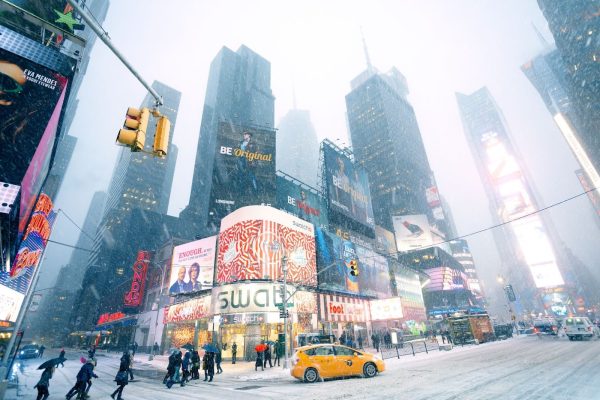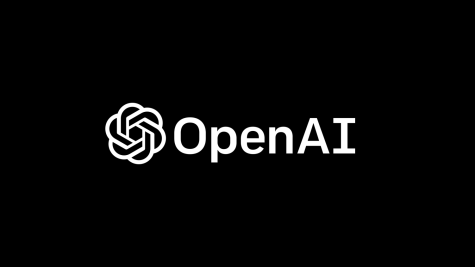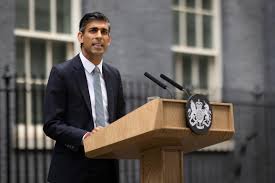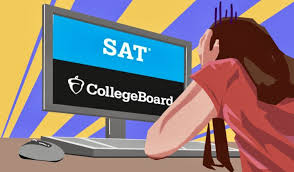Choice in Education: Power to the Parents
March 20, 2015
With Republicans resurgent following a major vote of confidence in recent midterm elections, the issues nearest to their hearts are creeping back into the national conservation. It is no wonder that letters of praise have been flooding the desk of Zeus Rodriguez, principal of the St. Anthony School in Milwaukee. The letters are written by some of the party’s most hopeful reformers, most notably Jeb Bush, the former governor of Florida, and Scott Walker, the current governor of Wisconsin. What is Mr. Rodriguez doing that is so much to their liking?
His school has taken advantage of government funded vouchers for education, a conservative brainchild, more than any other in the country. St. Anthony’s is one of many schools part of a voucher system in Milwaukee, one that gives parents a government check and asks them to choose the school for their children. The remarkable success of the school speaks for itself. Around 95% of the first two classes to pass through St. Anthony’s graduated in four years, with 90% going on to attend college. Even better than that, while the government vouchers cost taxpayers about $7,500 per pupil, the state’s public schools spend on average about $13,000.
Success stories like this have given fuel to Republican efforts to expand the voucher system. A push for more programs has been made in Governor Walker’s state as well as in the 24 other states that have some form of them already. Nevada and Illinois are also likely to roll out their own versions by the end of the year. In Texas, George P. Bush (Jeb’s Son), currently serving as the state’s Land Commissioner, has argued for immediate implementation.
The expansion of vouchers is part of a larger trend within private education as a whole. While traditionally dominated by the upper fourth of the income bracket, the 10% of American kids currently attending private schools seems to be a more socio-economically diverse lot. For the future, the United States has the opportunity to look a lot more like Japan and the Netherlands. The Dutch have over 60% of their students in private education across the four income levels. From the top down, their pupils score higher than those in the U.S. on standardized tests.
Private school progression in American has actually been tricky from the beginning. Protestant hysteria over the massive 19th century influx of Catholics led to political agendas aimed at protecting the country’s identity. David Blaine, a former speaker of the House of Representatives, famously proposed a constitutional amendment banning the flow of public funds to religious affiliated schools. While the proposal never passed, many states created their own adaptations. Incidentally, there now exists a robust number of private Catholic schools in America. Following that, a large wave of private schools sprang up in the South following the Supreme Court’s ruling in Brown vs. Board of Education. More recently, in the 1990’s, the unprecedented voucher programs in Milwaukee were unveiled.
Despite being the birthplace of the idea, however, Milwaukee has had mixed results. There have been horror stories of ex-convicts and sex offenders working in schools, all depleting parent trust. Wisconsin, too, has given ammunition to critics. A state survey accounting for mixed incomes and races indicated that across the board students receiving a private education did no better on standardized tests than those receiving a public one. Studies of students on voucher programs in Washington D.C. yielded similar conclusions.
Its not all bad news, though. Voucher schools have consistently produced the same student performance with fewer resources. The findings in D.C. compared a voucher school, spending $8,500 a year per pupil to public schools $17,500 per pupil. The potential for improvement once the funding gap is closed is attractive.
Across the way from St. Anthony School in Milwaukee, St. Marcus Lutheran School is similarly demonstrating the best of what voucher schools can do. With over 90% of students from black low-income families, St. Marcus’s is better labeled a second home. It keeps its doors open from 6:30 a.m. to 8:30 p.m., offering breakfast and dinner for students coming from broken homes. The school simultaneously boasts a 93% graduation rate and an incarceration rate for troubled students well below the national average.
Through the many successes and failures, vouchers maintain one glaring asset. Years into the program in Milwaukee, there are now over 40% of parents actually choosing where to send their sons and daughters. More competition for their business means less room for failing schools to grow complacent. While federal education officials grapple over the issues facing America’s system, they would do well to acknowledge vouchers as a way to keep school officials on their toes.
Beyond the quality of the Common Core or the effectiveness of No Child Left Behind, the education debate must shift focus to declining learning environments. Cultures of disengagement and failure have too long festered among status quo policies. With public demand to solve the problem mounting, the Republican letters scattered across principal Zeus Rodriguez’s desk may just have a chance to act.


